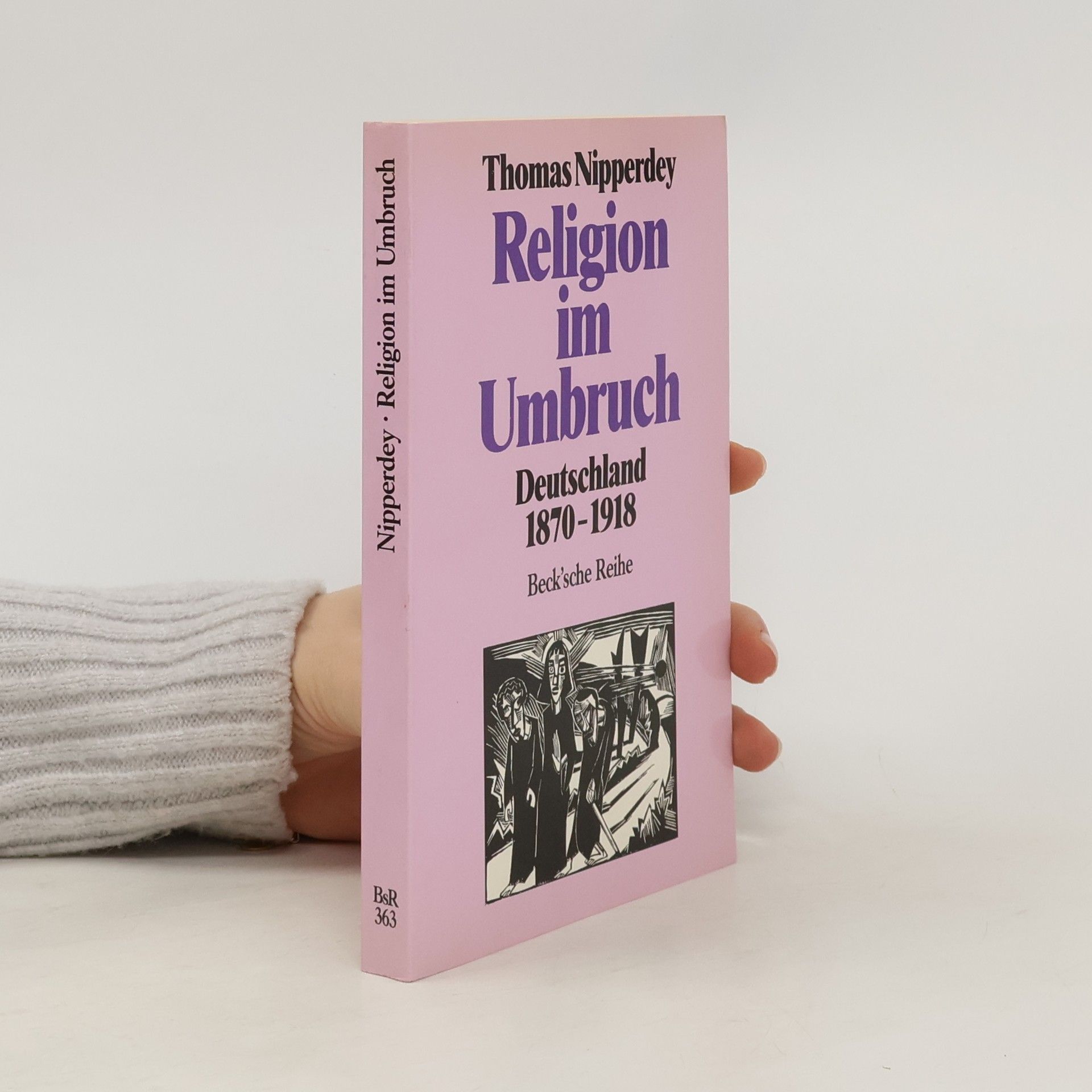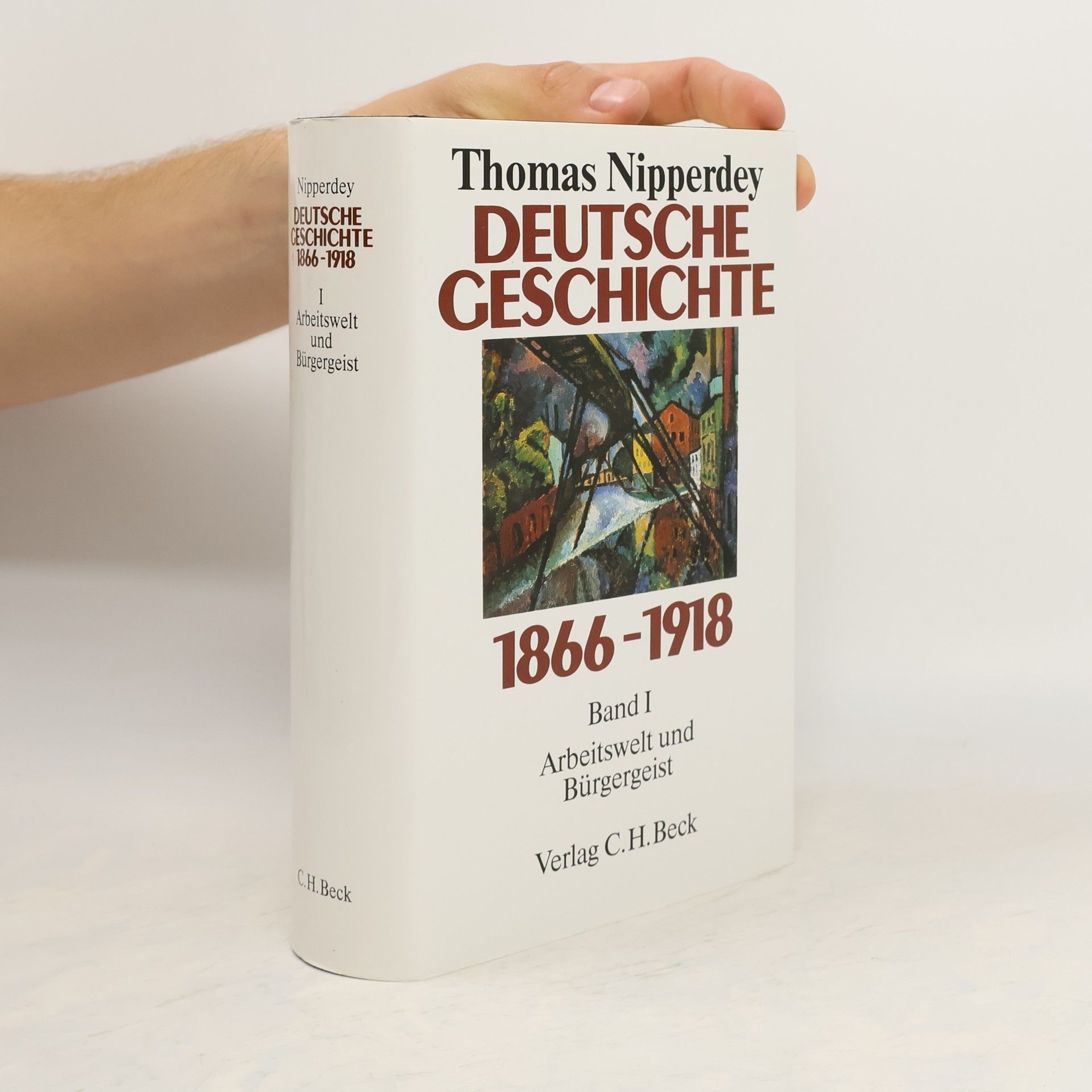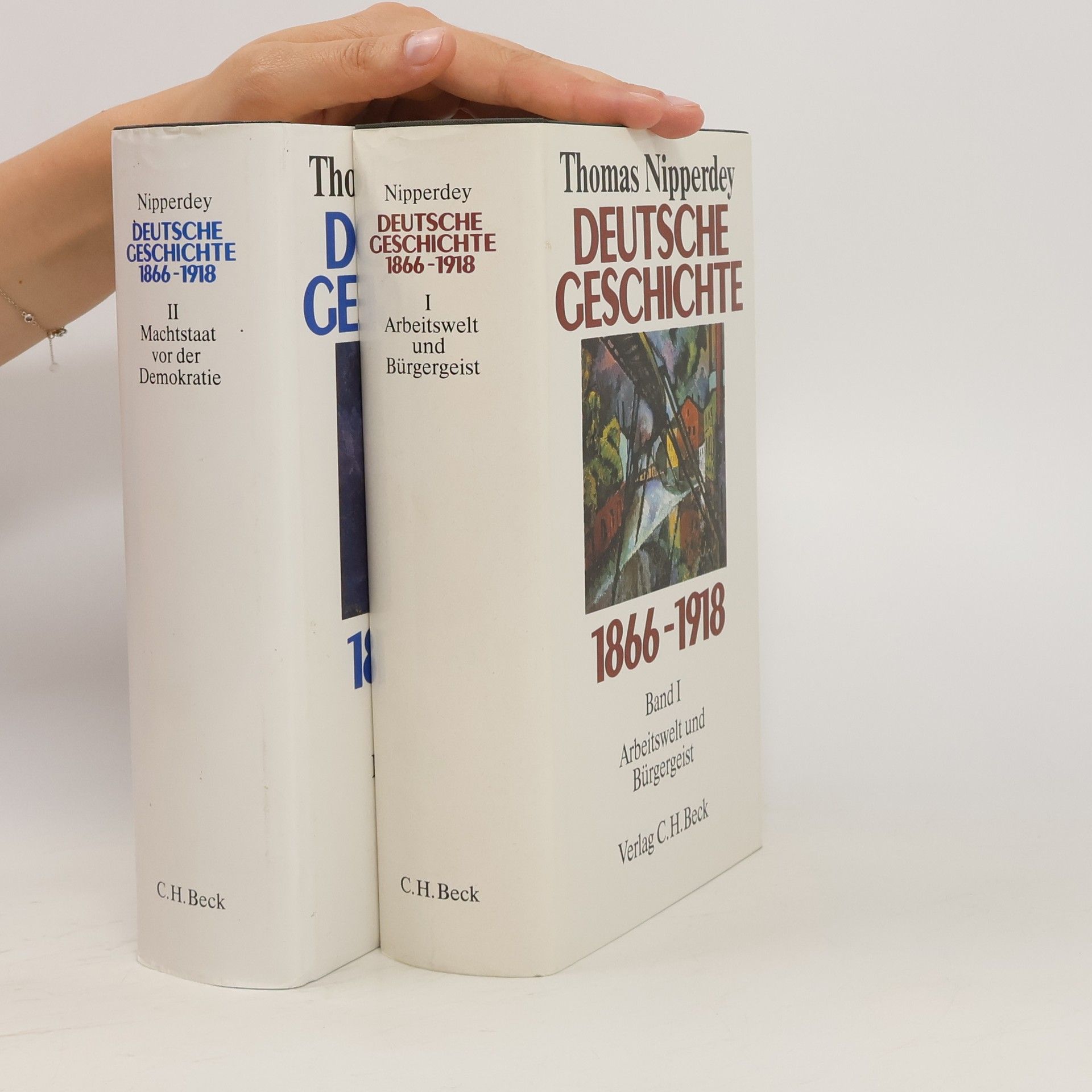Thomas Nipperdey Libri






Thomas Nipperdey provides valuable insights into the history and culture of German nationalism, focusing on the critical prenational period of transition. He thoroughly explores the origins of German nationalism, detailing the dissolution of the Holy Roman Empire and Bismarck's division of the German-speaking world into three regions: an expanded Prussian state in the north, an isolated Austria-Hungary in the south, and a cluster of Catholic states in between. Nipperdey argues that this shift in power structures was pivotal for the future of the German state. He examines the decline of German liberalism amid the rise of nationalism, reframing the narrative from one of inevitable disaster to a series of contingent choices. The book begins with the profound impact of Napoleon on the German ancien-régime, illustrating how his modernizing influence contributed to the emergence of a civil society centered on the liberal bourgeoisie. Nipperdey tracks the trajectory of this society from the revolutions of 1848-49 to Bismarck's ascendancy, incorporating discussions of family life, working conditions, agriculture, industrialization, demography, religion, education, and the arts. Originally published in 1996, this work is now available again through the Princeton Legacy Library, which aims to enhance access to the scholarly heritage of Princeton University Press.
Focusing on the evolution of German nationalism, the book examines the transition from the dissolution of the Holy Roman Empire to Bismarck's restructuring of the German-speaking territories. Nipperdey delves into the complexities of this period, highlighting the interplay between nationalism and the decline of German liberalism. By presenting the historical narrative as a series of contingent events rather than a predetermined disaster, he offers a fresh perspective on the political and cultural dynamics that shaped the future of the German state.
Deutsche Geschichte. 1800-1866
Bürgerwelt und starker Staat
Thomas Nipperdeys dreibändige Geschichte Deutschlands zwischen 1800 und 1918 gilt als ein Meisterwerk der Geschichtsschreibung. Sein Werk behandelt die politische Geschichte Deutschlands in dieser Zeit ebenso wie Strukturen und Veränderungen von Wirtschaft und Gesellschaft; Arbeit und Alltag ebenso wie Religion, Wissenschaften und Künste. "Jeder, der sich fortab mit dieser Zeit beschäftigt, hat sich mit 'dem Nipperdey' – wie man bald sagen wird – auseinanderzusetzen. Es ist nicht nur ein streckenweise brillantes, sondern insgesamt ein bedeutendes Werk von intellektuellem Rang." Hans-Ulrich Wehler, Die ZEIT
Mit diesem Band setzt Thomas Nipperdey seine großangelegte Unternehmung fort, Franz Schnabels `Deutsche Geschichte des 19. Jahrhunderts` für unsere Zeit neu zu schreiben. Die Totalität von Wirtschaft, Gesellschaft und Kultur des deutschen Kaiserreichs wird hier in anschaulicher Darstellung und begreifender Analyse gegenwärtig gemacht.
Das Bürgertum und die Kunst, zumal die moderne - schließt sich das nicht aus? Der Künstler, so die traditionelle Annahme, habe doch antibürgerlich zu sein, ein Feind der Spießbürger, der Banausen und der Trivialkultur. Zugleich liegen aber im bürgerlichen 19. Jahrhundert die Wurzeln der „Moderne“ in Literatur, Philosophie, Malerei und Musik. Die bürgerliche Gesellschaft brachte selbst das kritische Potential der Künste hervor. Thomas Nipperdey, einer der großen Historiker der bürgerlichen Gesellschaft, schrieb über die paradoxe Verschränkung von Bürgerkultur und Moderne einen brillanten Aufsatz, der neben seinen monumentalen Grundlagenwerken als Muster der kleinen Form in der Geschichtsschreibung steht.
Réflexions sur l'histoire allemande
- 358pagine
- 13 ore di lettura


